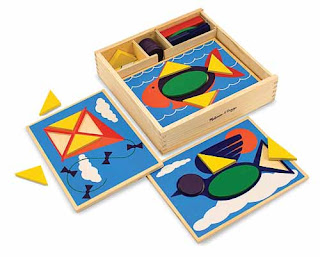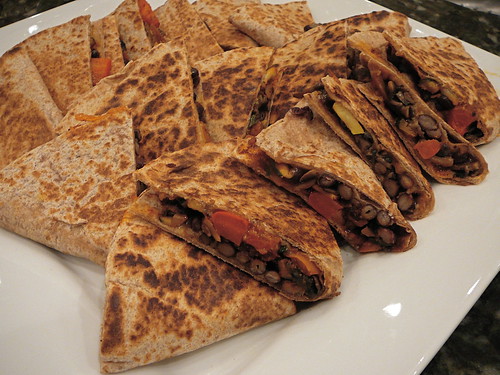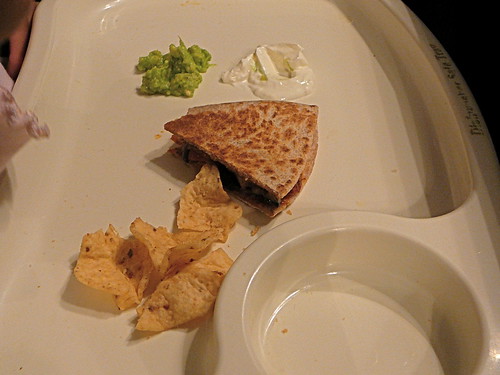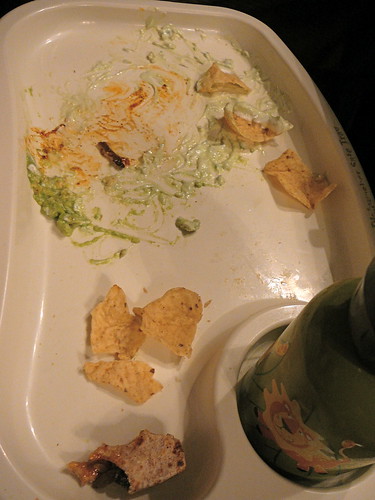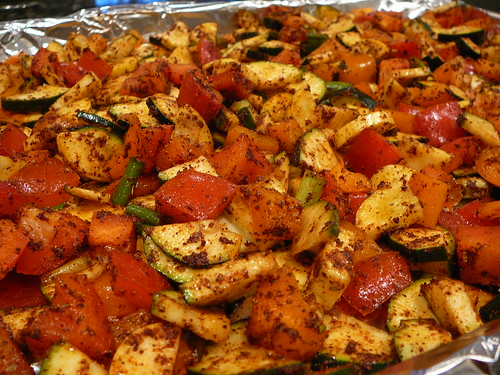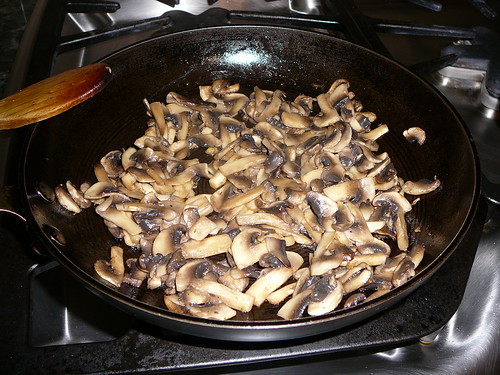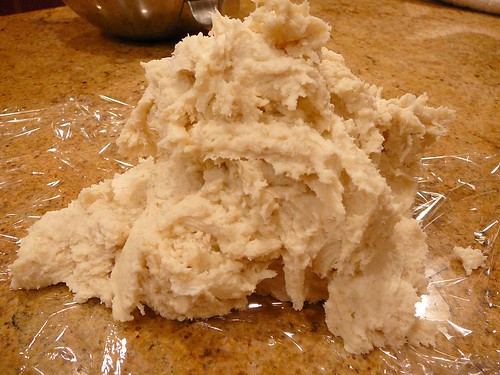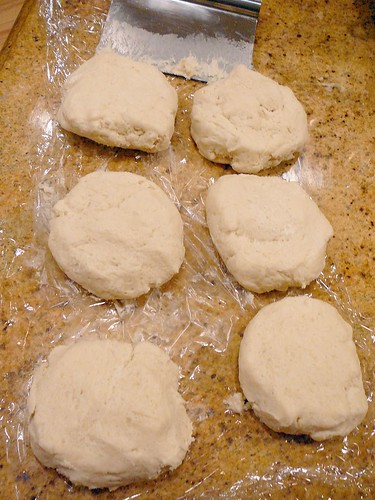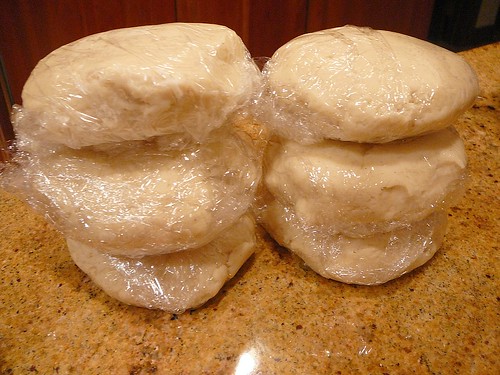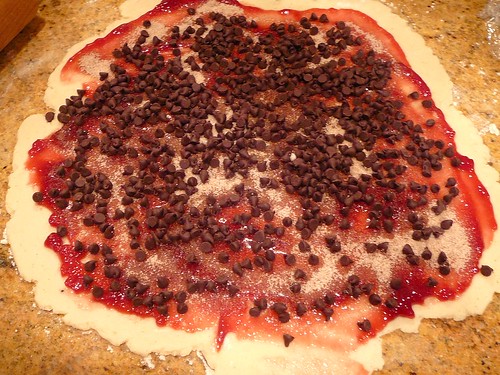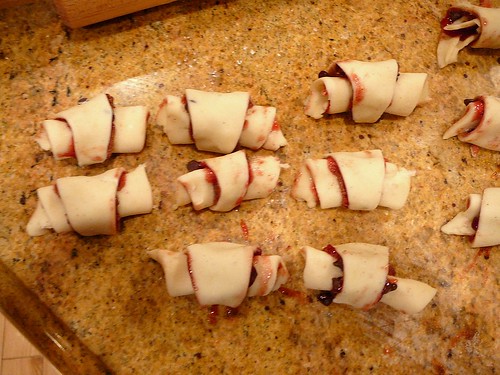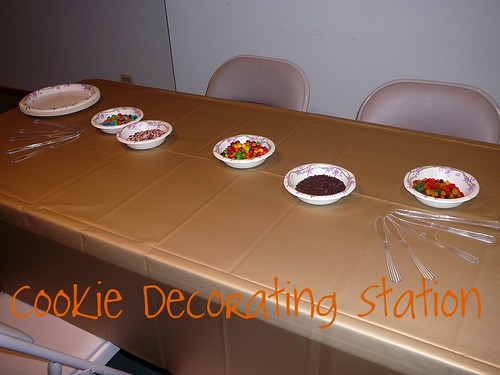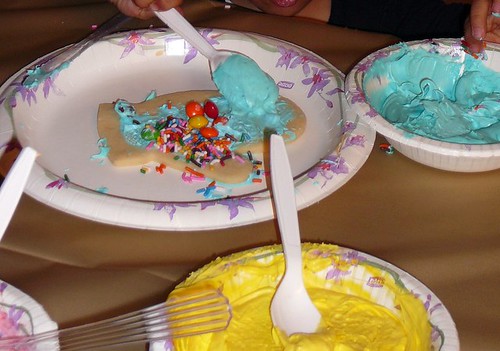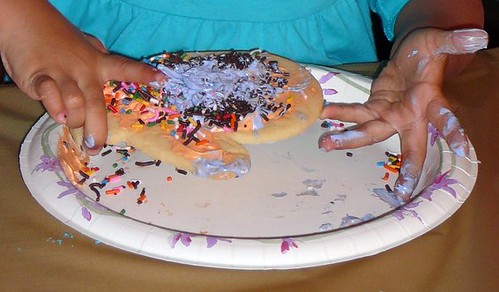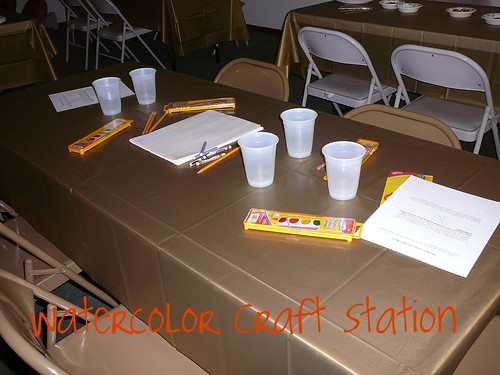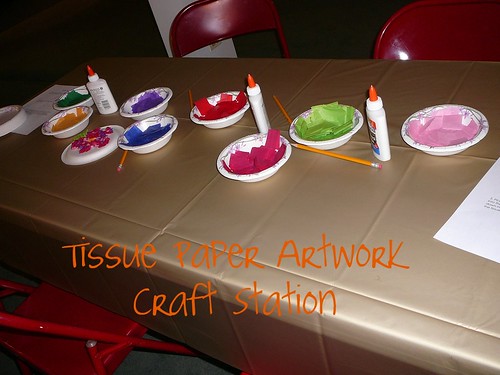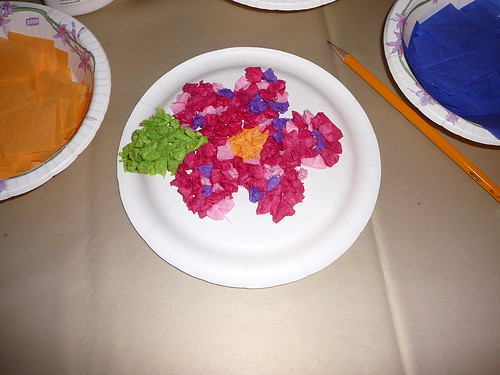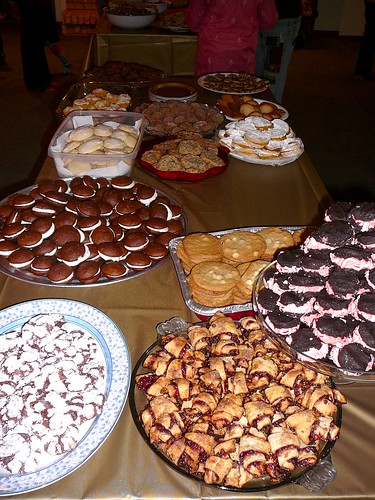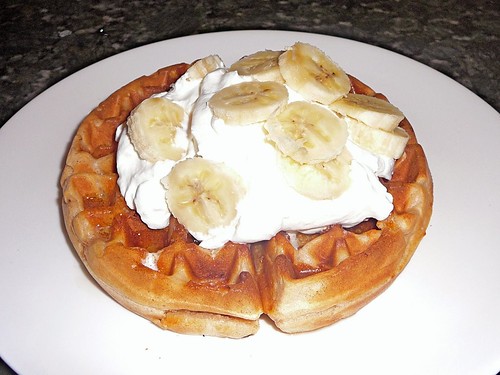
Meat and potatoes are comfort foods in many cultures, and that even goes for the greater culture of the Indian subcontinent (often referred to as "desi" culture). Desi is a term often used to capture the common culture shared among people from India, Pakistan, and Bangladesh (the Indian subcontinent).The term is NOT negative or demeaning. It's simply a catch-all for the various cultures of the subcontinent.
Before sharing the recipe and cooking process for desi meat and potatoes, there are a few key terms and facts I want to share with you about desi food. First of all, samosas (fried, triangular dumplings often filled with potatoes and sometimes ground beef) and biryanni (a rice pilaf often with meat) are the most commonly known desi dished because they are available at nearly every desi restaurant across the world. While samosas and biryanni are certainly eaten in desi households, they are often reserved for special occasions simply because of the advanced preparation needed for both dishes. The type of desi food that is more commonly prepared at home is a meat stew with plenty of gravy. The term "curry" is often seen on desi restaurant menus to describe such dishes, but in my lexicon of desi cuisine, curry is not a term we (meaning my family and I) use. The stewed dishes we prepare regularly are commonly referred to as "salin", and the meat is cooked with plenty of tomatoes to create gravy (shorba), and it is eaten with rice or bread. (There are a wide variety of desi breads. The most commonly eaten are naan, roti, chapatis, and paratas.)
This post is a basic tutorial for making salin and specifically Aloo Gosht (meat with potatoes).This is the way my family (specifically my mother and grandmother) taught me how to make salin. I'm sure there's probably a desi or two who will read this and gasp at my methods, but hey, to each their own, right?
Ingredients:
1/2 a very, large yellow onion, thinly sliced
2 medium tomatoes chopped
1 jalapeno pepper or serrano pepper
1 teaspoon of freshly grated ginger
5 garlic cloves, crushed
1 pound of lamb, beef, or goat (yes, goat people) (preferebly with the bone IN) (I often ask the butcher to cut up a small leg of lamb into 2 inch cubes)
Olive oil or vegetable oil (ghee or clarified butter is traditionally used, but for health reasons we use olive oil)
2 small red potatoes, peeled and cubed
Spices (masala)
1 1/2 teaspoons ground cumin (whole cumin seeds toasted in a dry pan, once cooled, ground in a coffee grinder)
1/2 teaspoon ground corriander (whole corriander seeds toasted in a dry pan and ground)
cayenne pepper - to taste
salt - to taste
a 1 1/2 inch cinnamon stick
1 bay leaf
1 whole clove
Most salin recipes call for garam masala (a blend of eight or nine spices that are roasted, ground, and mixed together), but for my basic salin recipe, I prefer to use a lot of the aromatics as whole spices rather than ground into a powder. It's simply my preference, but if you'd like, you can add 1 tsp. of garam masala.
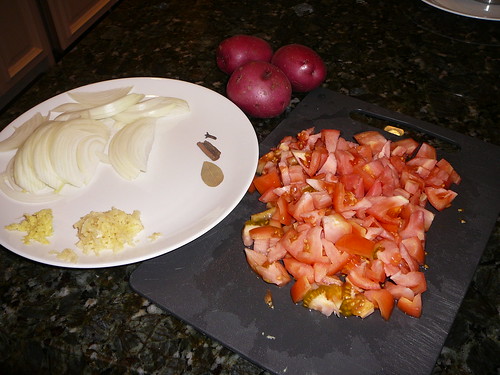
1 - Put a stainless steel pan over medium, low heat. Coat the bottom of the pan with oil (just enough to cover the entire surface of the pan). While the pan is heating up, wash your meat.

2 - Once the oil is hot (NOT smoking hot, just hot enough to begin cooking), add the sliced onions. Mixing every few minutes, saute the onions until they are soft and translucent. You do not want the onions to brown. As the stew cooks, the onions will breakdown to the point where they will become undescernable in the gravy (shorba). As the onions are softening, add the cinnamon stick, bay leaf, and clove.
3 - Once the onions are nice and soft, add the crushed garlic and grated ginger. Cook for about 30 seconds to 1 minutes (until you can smell the garlic). Make sure not to burn the garlic, or it will turn bitter. (At this stage of cooking, most people add their spices since spices bloom in oil. But I take the unorthodox route, and hold off on adding the spices because I find that they often burn while the meat is browning.)
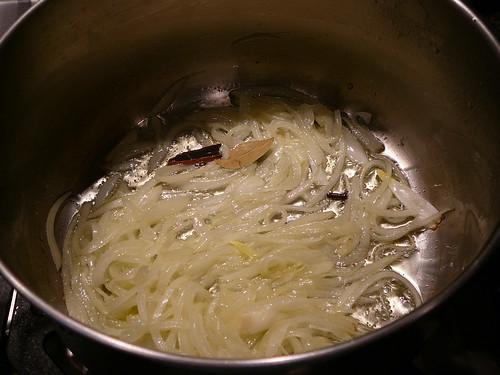
4 - Next add the meat. Browning the meat is called "bhooning" the meat. It's probably the single most important step in making salin. If you don't allow enough time for the meat to brown (bhoon) sufficiently, the salin will have very little depth of flavor. I like to bhoon my meat for at least 20 minutes. Here's the pan when the meat is first added:
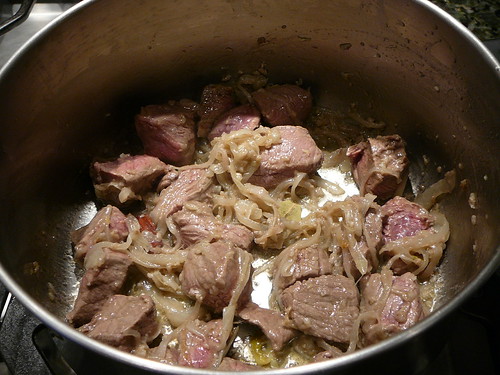
Here's what the meat looks like once it's bhooned for 20 minutes:
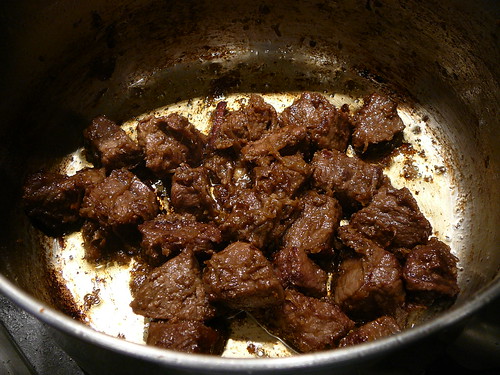
5 - Once you're meat has bhooned, add the diced tomatoes. Mix and cover. You need to cover the pot in order for the tomatoes to break down and release their liquid. At this stage I like to add a bit of salt. I find it helps the tomatoes along. Here's where the bulk of the cooking happens. You will cook the meat and tomatoes for about 1 1/2 hours (yes, that's hours) to 2 hours, mixing every 15 minutes or so. The pan should never dry out (the tomatoes are what create the gravy). That's why it's imparative to keep the pan covered. If you find the pan is drying out, add water.
Here's what it looks like when the tomatoes are added:

Here's what it looks like after the salin has cooked for 1 1/2 hours to 2
hours.

6 - At the 1 1/2 hour mark, add the diced potatoes and the ground spices. Mix and cover.
7 - With 15 minutes left, add the whole green pepper. The reason I add it at the end of the cooking is because if you add the whole pepper while the meat is stewing, it can explode; making the dish way too spicy. If you'd like to add the whole green pepper earlier in the cooking process, you can cut it, take the seeds and veins out, thus taking some of the heat away. I find adding the green pepper at the end gives the dish a bright, peppery flavor without the added heat.
You know the dish is finished cooking when the meat and potatoes are fork tender. Serve over steamed white rice or with naan or pita bread.

